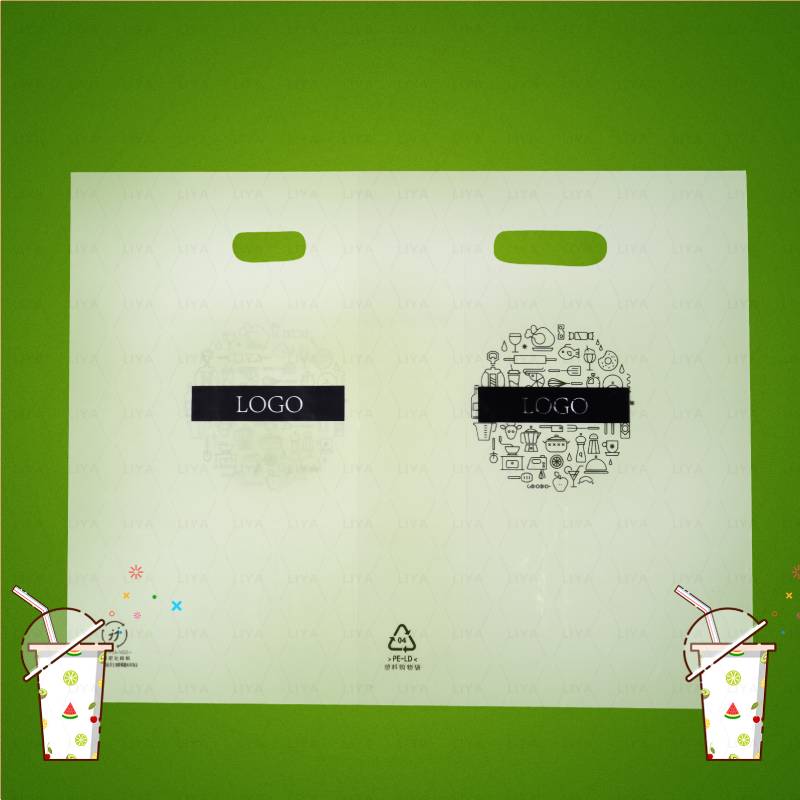biodegradable vacuum seal bags for food
The Rise of Biodegradable Vacuum Seal Bags for Food Preservation
In recent years, the growing concern for the environment has prompted consumers and manufacturers alike to seek sustainable alternatives to traditional plastics, especially in the food packaging sector. One of the most innovative solutions that has emerged is biodegradable vacuum seal bags, which not only help prolong the shelf life of food but also reduce plastic waste.
Understanding Biodegradable Vacuum Seal Bags
Biodegradable vacuum seal bags are designed to preserve food by removing air from the packaging, thus slowing down spoilage caused by bacteria, molds, and oxidation. While standard vacuum seal bags are typically made from petroleum-based plastics, biodegradable options utilize materials derived from renewable resources. These materials can break down naturally over time, significantly lessening their impact on the environment.
Several types of biodegradable materials are used in these bags, including polylactic acid (PLA), which is derived from corn starch, and other biopolymers that can decompose in composting conditions. This process contrasts sharply with conventional plastics, which can take hundreds of years to degrade and contribute to long-lasting pollution in landfills and oceans.
Benefits of Using Biodegradable Vacuum Seal Bags
1. Environmental Impact The most compelling argument for using biodegradable vacuum seal bags is their reduced environmental footprint. By choosing these bags, consumers can actively participate in reducing plastic pollution. Unlike their traditional counterparts, biodegradable bags break down more quickly and do not release harmful toxins into the soil and waterways.
2. Food Preservation Similar to standard vacuum seal bags, biodegradable options effectively remove air, which is key to extending the shelf life of food. Whether it’s meats, vegetables, or dry goods, these bags help maintain freshness while minimizing waste. Not only does this save money by preventing spoilage, but it also aligns with a more sustainable way of living.
biodegradable vacuum seal bags for food

3. Health and Safety Many traditional vacuum seal bags contain chemicals that can leach into food, especially when heated. Biodegradable bags, on the other hand, often use food-safe materials that do not pose the same health risks. This makes them a better choice not only for the environment but also for individual health.
4. Versatility and Convenience Biodegradable vacuum seal bags can be used for a variety of purposes, from storing leftovers to meal prepping, marinating, and sous-vide cooking. The ability to vacuum seal foods means less air exposure, leading to better outcomes in meal preservation whether in the freezer, refrigerator, or pantry.
Challenges and Considerations
While biodegradable vacuum seal bags offer numerous advantages, they are not without challenges. One primary concern is their compostability. Many biodegradable products require industrial composting facilities to break down effectively, which may not be available in all areas. Consumers must be diligent about checking the disposal guidelines for these products to ensure they are composted correctly.
Additionally, the performance of biodegradable materials may vary, especially under extreme temperatures or prolonged storage. It is essential for manufacturers to continue researching and improving these materials to ensure they meet the needs of consumers while remaining eco-friendly.
The Future of Food Packaging
As the demand for sustainable packaging solutions continues to grow, the market for biodegradable vacuum seal bags is expected to expand. Innovations in materials science are leading to the development of even more efficient and environmentally friendly options. Consumers are increasingly becoming aware of their purchasing habits, pushing businesses to adopt greener alternatives for food packaging.
In conclusion, biodegradable vacuum seal bags represent a significant step toward a more sustainable future in food preservation. They address the critical issues of food waste and plastic pollution while ensuring that our food remains fresh and safe to consume. By making the switch to biodegradable options, both consumers and businesses can contribute to a healthier planet, paving the way for a more sustainable lifestyle. As we continue to innovate and adapt, the future of food packaging looks brighter than ever.
-
The Best Uses for Small Trash Bags in Daily LifeNewsJul.01,2025
-
Stylish Reusable Grocery Bags TrendsNewsJul.01,2025
-
Shipping Advantages of Using Bubble Envelopes BulkNewsJul.01,2025
-
How Compostable Mailing Bags Reduce Environmental ImpactNewsJul.01,2025
-
Environmentally - Friendly Bulk Poly MailersNewsJul.01,2025
-
Eco Friendly Custom Laminated Tote BagsNewsJul.01,2025
-
Have the freedom of customizing your custom mailers any way you want! Our dedicated packaging support will help deliver you the mailing experience you need to elevate your shipping experience to the next level! Start making a strong impression on your customers and stand out from your competitors! -
LIYA uses high quality raw materials which directly purchased from large enterprises domestic and overseas such as PetroChina, Sinopec, Sabic, Equate, ExxonMobil, Dow Chemical, Total, and Borouge, ensuring the price advantage and quality of the raw materials. -
LIYA uses high quality raw materials which directly purchased from large enterprises domestic and overseas such as PetroChina, Sinopec, Sabic, Equate, ExxonMobil, Dow Chemical, Total, and Borouge, ensuring the price advantage and quality of the raw materials.





